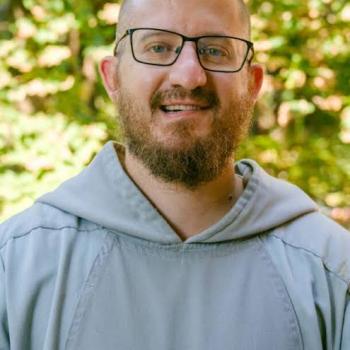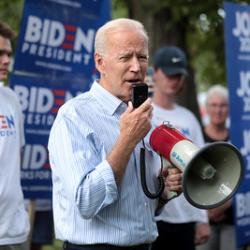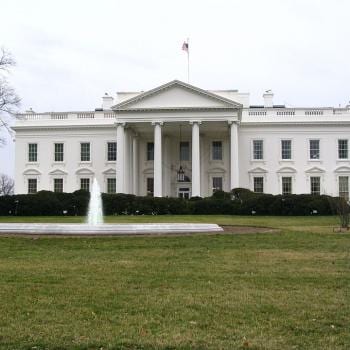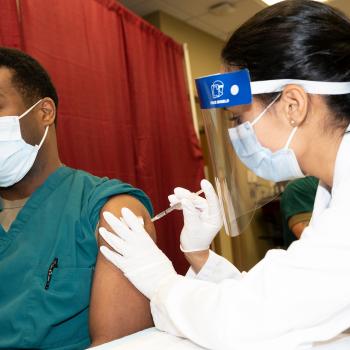There is a lot of hand-wringing going on about the refusal of the media to report on the abortion shop-of-horrors case involving Kermitt Gosnell. This is a truly horrific case, stomach turning in its intensity. Just consider some of the language in the grand jury report:
“When you perform late-term “abortions” by inducing labor, you get babies. Live, breathing, squirming babies. By 24 weeks, most babies born prematurely will survive if they receive appropriate medical care. But that was not what the Women’s Medical Society was about. Gosnell had a simple solution for the unwanted babies he delivered: he killed them. He didn’t call it that. He called it “ensuring fetal demise.” The way he ensured fetal demise was by sticking scissors into the back of the baby’s neck and cutting the spinal cord. He called that “snipping.””
Given this horror show, why the relative inattention? Some of the early excuses from the media bordered on the ridiculous – it was merely a local crime story, some said, as it that ever deters the media from covering something! But we should also be cautious about making overly-broad accusations of a coordinated blackout by a pro-choice “liberal media”, as Grant Gallicho argues. For one thing, the pro-choice brigade claim to be utterly opposed to these kind of unregulated “backroom abortions”. For what Gosnell was doing was not safe, it was not legal, and it was not rare.
But it would also be naive to say claim that the media silence was not at all connected to prevailing journalistic views about abortion. The truth is, I believe, a bit more sophisticated. It comes from a media deeply reluctant to ask hard questions, expose themselves or their audiences to evident discomfort, or question comfortable groupthink. In recent years, it also comes from a tendency to meld news with entertainment, often in a form of vulgar voyeurism, and there is nothing entertaining about snipping the spinal cords of newborn babies.
Think of some of the areas of comparable media blindness. Think of the New York Times refusing to call certain activities “torture” when undertaken by the United States, but having no qualms about using this word in other contexts. Think of lopsided coverage of the Israeli-Palestinian context, inviting audiences to see the world through Israeli eyes, while keeping the Palestinian invisible. Think of the outsized attention given to cutting entitlement spending on the grounds of “responsibility”, with the corresponding relative lack of interest in addressing basic questions of economic injustice in an affluent society.
For at the end of the day, journalists don’t like stepping beyond their comfort zones, whether that comfort zone is the bias of country, the bias of class, or the bias of ideology. Given the demographic of most journalists, is it any surprise that we see so many more stories about same-sex marriage than about poverty or unemployment or the fortunes of the labor movement? People write about what they know about and what they feel comfortable with. Analyzing the Gosnell case – despite the best spin of the pro-choice movement – would entail asking hard questions about what actually happens in abortion, about the boundary between Gosnell’s actions and what is permitted by a law that most of them support. An analogy would be to look beyond the “video game” quality of drone attacks and consider the blood and carnage on the ground. In each case, the easy option is to avoid disturbing the tranquillity of your world.














